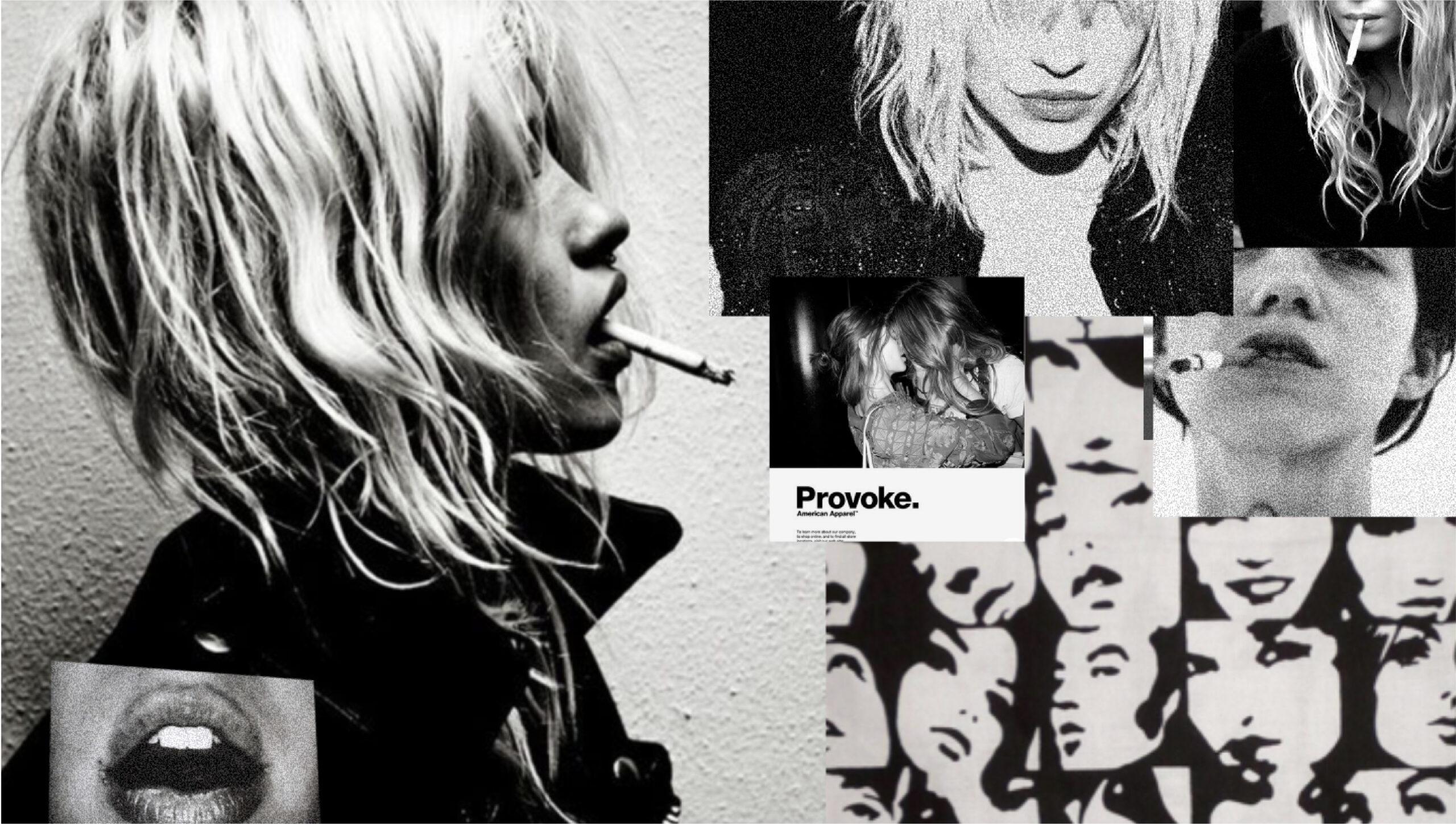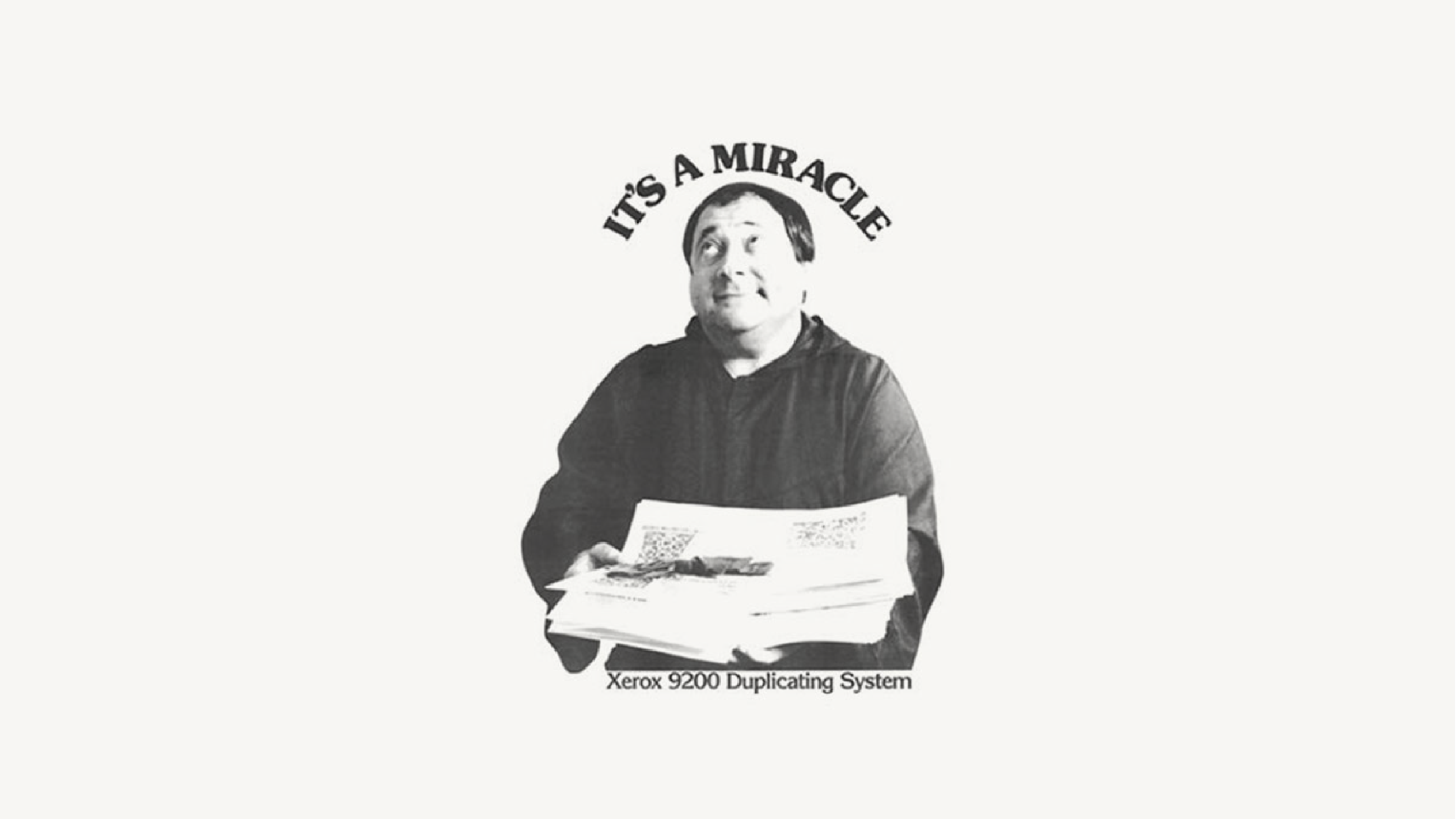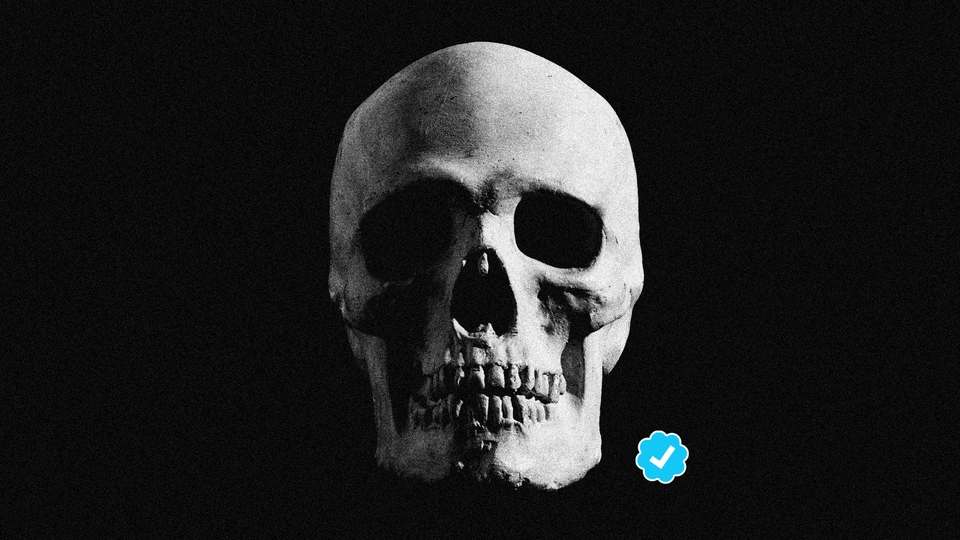
Can you ‘vibe proof’ your brand marketing strategy?
You’ve probably heard the saying, “fashions fade, but style is eternal”. The recent online frenzy around the term ‘vibe shift’ offered some reason why style lasts forever. Coined by Sean Monahan, founder of trend forecasting collective KHOLE and writer of culture newsletter 8Ball, the vibe shift is a millennial interpretation of the changing zeitgeist. Zeitgeist, a German word that translates to ‘spirit of the age’, refers to the invisible forces that shape the characteristics of a specific time in history. Monahan signalled this changing zeitgeist in June 2021. “The old world is dying, and the new world struggles to be born,” he proselytised, “now is the time of monsters.”
It was February 2022 when New York Magazine’s The Cut snapped up the term and made it viral. Discussions around what did and did not define the vibe shift cluttered every corner of social media. In his original text, Monahan simplified the last two decades as the following:
- Hipster/Indie Music (ca. 2003–2009)
- Post-Internet/Techno (ca. 2010–2016)
- Hypebeast/Woke (ca. 2016–2020)
- [CLICK LINK FOR MEME] (ca. 2021–???)
“The culture-war topic no longer seems quite as interesting to people,” Monahan explained in The Cut’s article, “social media isn’t a place where you can be as creative anymore; all angles are figured out.” His main takeaway from our changed zeitgeist is that “people want to make things more personal.”
We can see that displaying authenticity online demands hyper-specific interests and niche views on topical issues. Like the rapid growth of Web.3, the metaverse and the fragmentation of online communities inside networking platforms like Discord. The invisible forces that inform these cultural characteristics signal a globalised attempt to make things uniquely your own, outside of Web.2’s social structures that have connected us for more than a decade and are now too predictable, too gauche.
You don’t have to look too far into the past before your stomach turns at the cringe of past trends, but it’s well known that such trends cycle back through time. Monahan believes that our vibe is shifting toward the return of early-aughts indie sleaze and the acceleration of our fragmented culture. “People [are] going off in a lot of different directions because it doesn’t feel like there’s a coherent, singular vision for music or fashion.” It’s an attack on the decadence of Silicon Valley optimisation, thanks to the rise of podcasting, subscription platforms for freelance creators (like Substack and Patreon) and NFTs. But, most importantly, a return to irony (if it ever really left).


These characteristics can all be attributed to the spirit of irony that Monahan concludes with, or better yet, a new sincerity. New sincerity was popularised in the 90s by American author David Foster Wallace. It defines a break away from the concepts of postmodernist irony and cynicism that began in the 80s. Monahan’s return of early-aughts indie sleaze, a time where authenticity demanded an aesthetic of effortless effort. A collapse of high and low cultural material that, through tireless behind the scenes curation, aimed to express a carelessness toward one’s appearance and the opinions of others.

Having tried and tested itself in the early aughts, indie sleaze has returned to challenge the now unbreachable limit of cancel culture’s (occasionally tyrannical) aim to draw awareness and seek accountability for social injustice. Monahan sees this interest in opulence and transgression caused by pent-up frustrations from the pandemic. People want to have fun and “be less constrained by political considerations.” We know that resistance to change can stop you from moving forward, but this doesn’t mean you need to reinvent the wheel each time the vibe shifts. A solid brand marketing strategy that regularly engages with trend forecasting is essential to surviving a vibe shift.
Becoming vibe-proof requires a strategy that can evolve to speak with the zeitgeist or, more plainly, the purpose of a specific time. Throughout history, major art movements were founded on philosophy, a particular way of seeing and understanding the world. They developed different ways of making that allowed others to experience and engage with this vision. The idea is to express your brand’s core values through the shifting purpose of time. For example, feminism’s core values of equality between sexes have stayed the same. Still, its purpose has evolved throughout the decades – the first wave of feminism focused on economic inequality and was expanded by the second wave to include social inequalities.
It’s a type of organisational logic that may sound limiting to creative thinkers and passionate entrepreneurs. The goal is to set parameters to know precisely how you can push past them. This quotation from a Harvard Business Review article on corporate leadership and culture sums up this nicely: “The best leaders we have observed are fully aware of the multiple cultures in which they are embedded, can sense change when required, and can deftly influence the process.” This awareness, adaptability, and hunger for creative solutions to ever-changing challenges are at the heart of everything we do at ARTHAOS. Our work is more than developing something on-trend. We want to help our clients build strong values, develop their purpose, and evolve alongside this purpose as the vibe shifts through time.
IMAGE REFERENCES:
- American Apparel Ad, retrieved from https://www.dazeddigital.com/fashion/gallery/30391/1/indie-sleaze
- BPM w/ blog interviews featuring @heytravishey, retrieved from https://www.are.na/block/12376998
- @megsuperstarprincess for Paper magazine, Mark Hunter and The Cobra Snake, retrieved from https://www.papermag.com/meg-superstar-princess-the-cobra-snake-2656478864.html?rebelltitem=11#rebelltitem11
- Skins UK Cast 1, retrieved from https://www.theguardian.com/tv-and-radio/2019/aug/26/jump-the-shark-skins


